Whether you have a new vehicle or an old one, you have to make sure that you are doing everything possible to keep it running smoothly.
Whilst many people would take it to an auto shop or mechanic to have it looked at and dealt with, knowing basic car maintenance can help you a great deal if you ever need to do it yourself.
Today we will run through the ultimate car maintenance checklist to help you recognise what you need to look out for and manage to ensure that you can keep your car going for years to come.
Remember to check your vehicle handbook for instructions to look into any specific vehicle requirements so you are not just guessing.
Some cars require different types of car maintenance, so make sure you are following the right path.

Why Should You Create a Car Maintenance Checklist?
You may not think of it as something essential when you get a new car, or you think that if anything was to come up you can just send it in for a car service and put it out of your mind.
However, knowing the ins and outs of your car can be incredibly helpful to you so you can stop any problems before they get worse, which could result in a hefty service bill. Even being mindful of anything being amiss while driving could help diagnose issues with your car. For instance, if you hear rattling sounds while you’re driving, it might be indicative of a serious issue, like a problem with your transmission. In this case, getting a Transmission Repair would be necessary to ensure your safety while driving, and to prevent further damage to your car.
Similarly, being aware of when you need to replace your car battery is essential, just like making sure that your brake lights are both fully functioning and are not obscured.
Regular maintenance will help you obtain peace of mind about your car, and if there is an emergency that means you have to handle it yourself before help arrives, e.g. a flat battery, then you can do so without flapping about and causing more stress.
Additionally, if you bought a low-emission car to save on fuel costs, it is a good idea to ensure that the fuel emission is actually low. If your car was also sold to you as a low-emission vehicle, and you feel that the fuel emission might actually be higher, you could look up dieselemissionclaims.co.uk or other similar sites. It is possible that you could claim compensation for the extra fuel costs you may have had to bear.
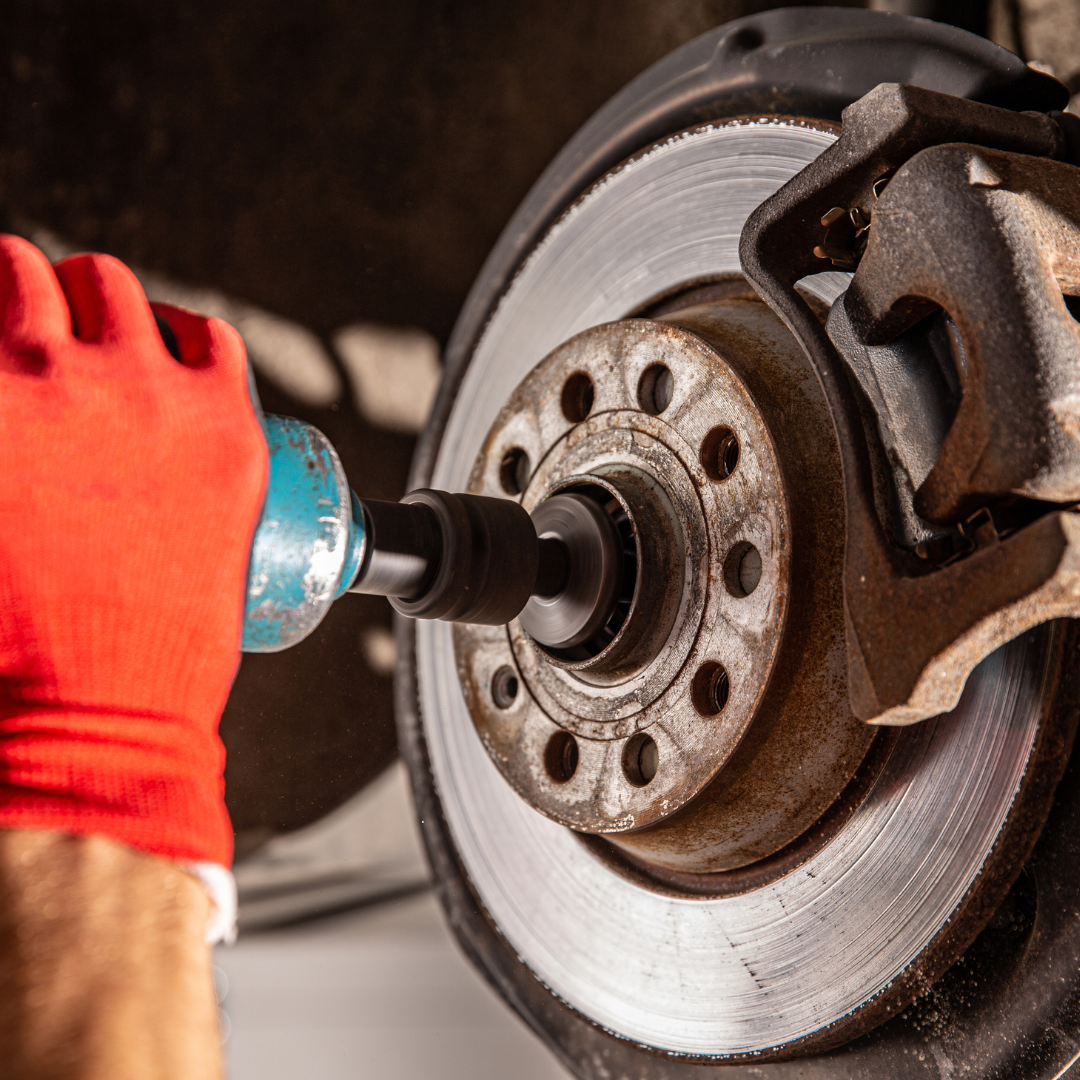
What Should You Check in Your Car Regularly?
Below are some maintenance checks that you should be doing on a regular basis to keep your car at its best.
No matter if you are dealing with diesel cars or an electric car, you will need to carry out these checks as much as possible.

Tyres
You know when your car has a flat tyre, it is very obvious and it’s not like you can keep driving your car for long after you get a puncture, however, you may not notice until it is too late that your tyre pressure is low.
If you have a tyre pressure monitoring system in your car, then you will notice your dashboard warning light turning on, which will mean a check, however, you can also do it manually yourself by using a tyre pressure gauge.

What Should The Tread Depth be?
The tyre tread depth on your car should be a minimum of 1.6mm, so keep an eye on that, and check it before you go on any long journeys (but make sure the tyres have cooled down first).
Keeping your tyres pumped and ready for the road can also help with fuel efficiency, so it is worth it to keep them at the right depth.
Look for any tears in your tyres as well as bulges and/or rips as these could pose a threat when you are driving.
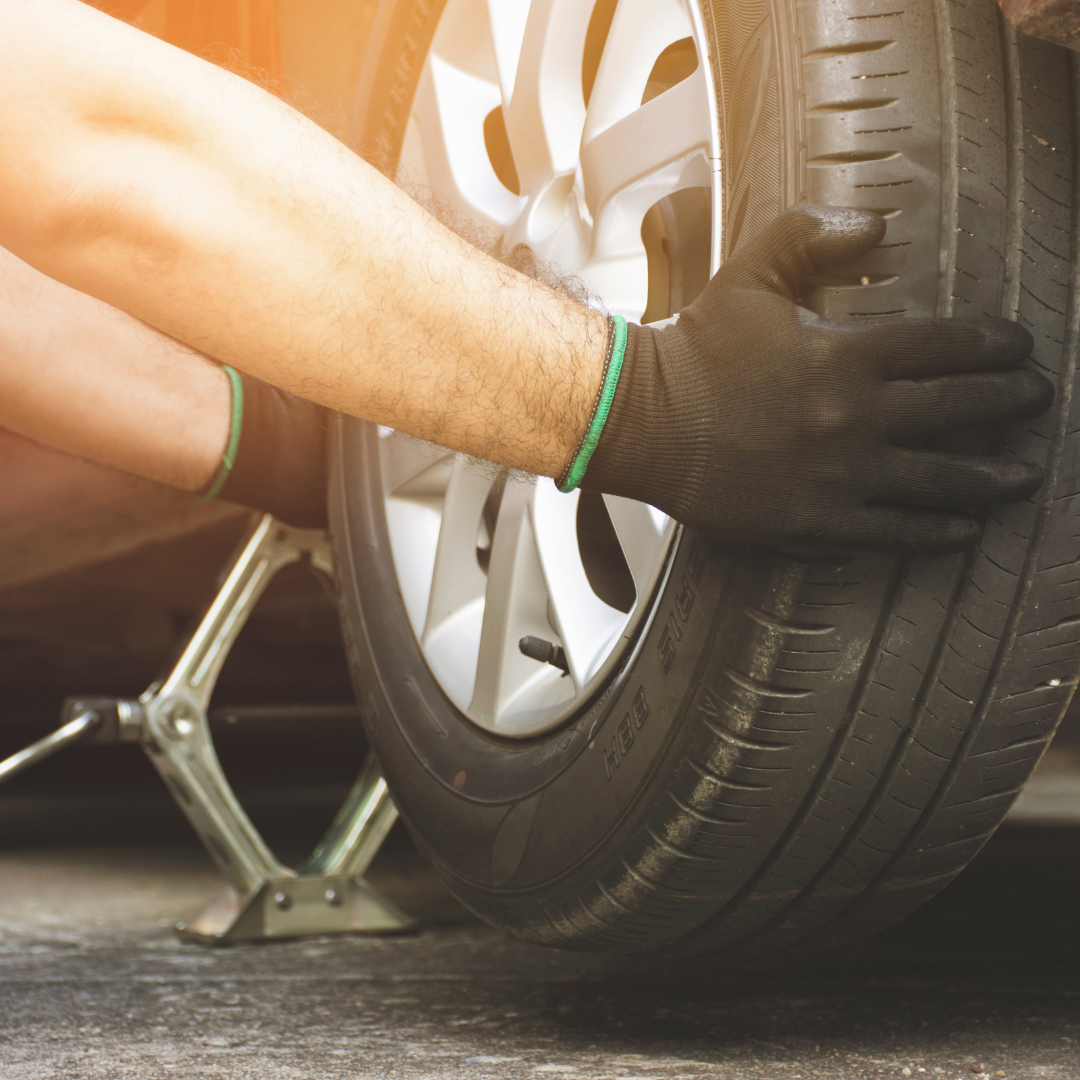
Windscreen
You can’t get far without a windscreen in your car, so keep an eye on it, and if you notice any cracks or splits, even if they are tiny and barely seen, you will still need to have that looked into as the slightest bump or uneven road could open that crack up and make the problem even worse.
Do your checks when you are cleaning your car (if you do it once a week), or just do a quick once-over at the start of the week to see if you can spot anything.
It won’t take you long and it will save you a lot of hassle down the road.
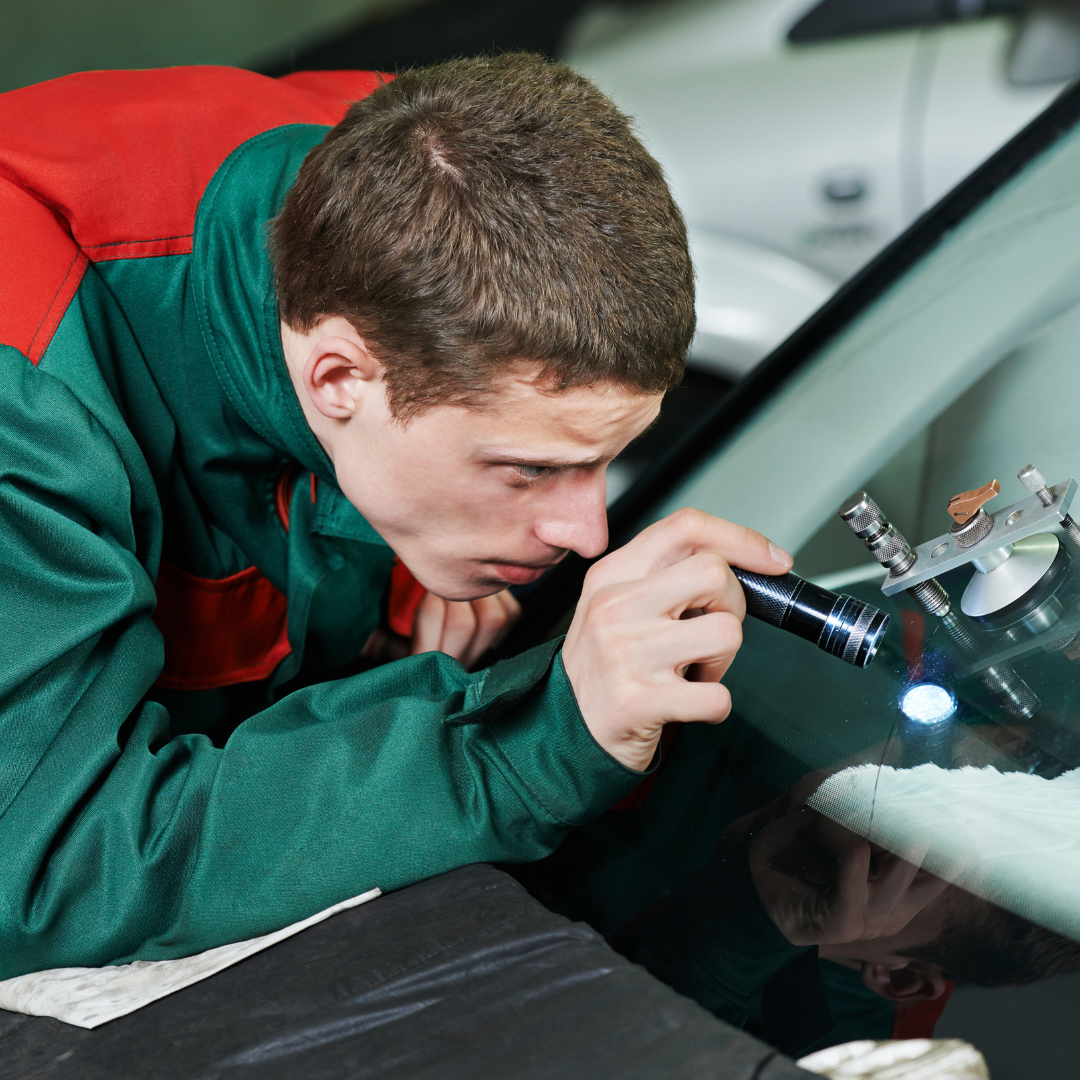
Lights
Included in your car’s maintenance are your lights, you need to check them as often as possible because you will probably need them with every trip you take in your car.
Don’t just check your brake lights, you should also be checking your interior lights to see if everything lights up the way it should and if any warning lights are becoming visible.
Ask For Help
You might need to enlist the help of a friend or family member with your checks. If you own an expensive model, it might even be a good idea to consult some specialists and ask them to take a look at your vehicle. For instance, Mercedes-benz specialists in Ipswich (or elsewhere) are likely to know the workings of a Benz very well, making them an ideal choice for you to call if you own this model.
Get in the car and turn everything on then get someone to walk around your entire car checking your brake lights, fog lights, indicators on both ends, and registration lights.
They should also let you know if your lights are positioned correctly and work at half-beam and full-beam.
Clean your headlights regularly as well to keep you visible on the roads, not just for your own safety but for other drivers’ safety too.

Body Work
A lot of cars are kept outdoors. Only a few people are lucky enough to have a garage to store them in. While the others will need to leave them on their driveway, on the street, or in a parking lot, so this opens them up to the elements every day.
A well-maintained car has an attractive bodywork, which refers to the external appearance of the vehicle’s body. This includes the paint, panels, number plate, and overall aesthetic. Keep in mind, that cars left outside are highly susceptible to getting damaged.
Harsh weather conditions like extreme temperatures and heavy rain can ruin the exterior of the car. For example, prolonged sunlight can prompt the paint to oxidize, leading to a loss of vibrancy and shine the car originally had. The sun can also cause the paint on the number plate to chip off. Additionally, moisture in the atmosphere can cause the number plates and other parts to get rusted. In cases like these, you might want to order a new one from Number plates 4 You or similar brands to keep the car looking sharp.
You need to check the bodywork of your car regularly for any rust damage, corrosion, trapped dirt, etc. This way you ensure your car stays in top-notch condition and doesn’t lose its charm. It can also help you identify and prevent any major damages from occurring.
Keep it Clean
To prevent this from happening, you should be cleaning around and inside your car regularly, however, you will still get dirt and debris trapped in there no matter what, so when you are doing your checks you should notice any of that right away and get it cleaned.
Do not just leave it as it could turn into one of those costly repairs that you could have avoided if you just took the time to be clean and tidy with your car.

How About Electric Cars?
Before we go into what you can leave a longer time to check, it is worth it to go over what people with electric cars will need to check, especially as the need and use of them have grown rapidly over the years to help reduce global warming issues.
The maintenance costs of an electric car are less than a regular car as they do not require much of the same maintenance as petrol or diesel cars.
For example, electric cars don’t have a Diesel Particulate Filter to catch dust or soot when driving.
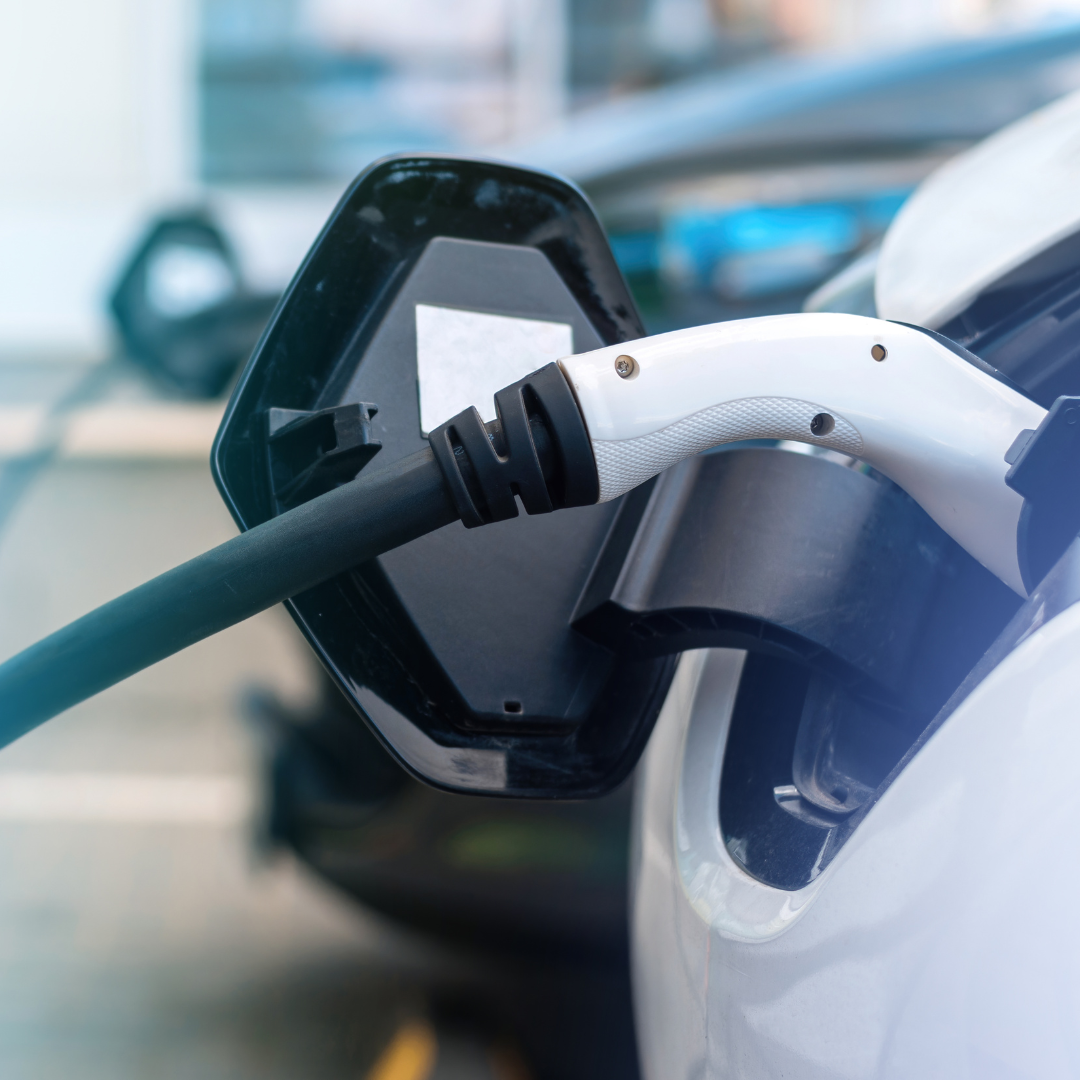
What to Check With an Electric Car
It is always important to check the owner’s manual when dealing with any car, but the main components to check with an electric car are –
Car Fluids
These fluids include brake fluid, engine oil, and washer fluid. They do not have power steering fluid like fuel-based cars do because they only draw power when needed.
Car Battery
Electric cars do run on batteries, so it is important to do a battery test to make sure that it is fully charged and ready for the road.
Car Brakes
These types of cars use regenerative braking, which means that when you press the brake the motor will slow the car down and, in a way, charge the battery.
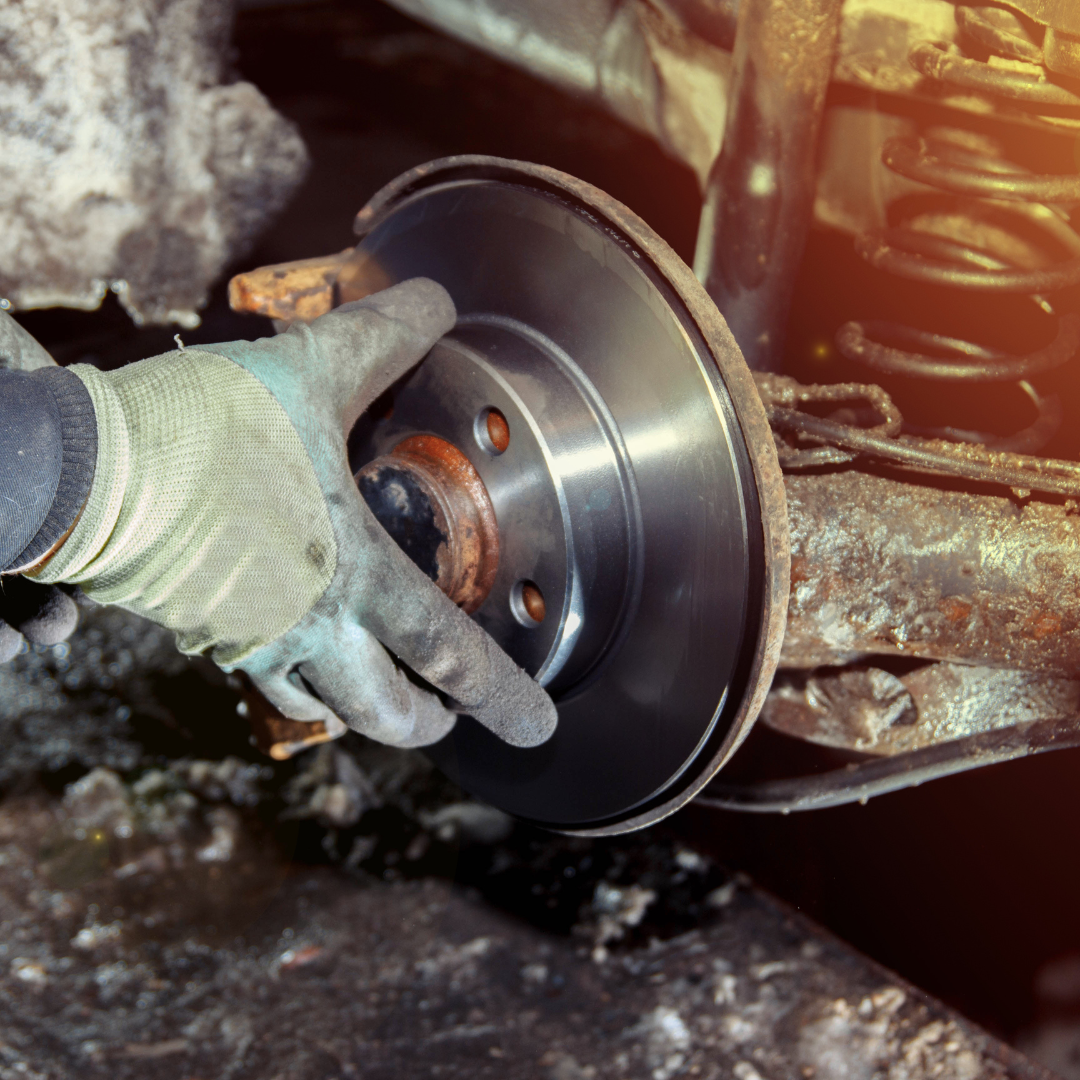
What Can You Check Your Car For Intermittently?
These checks can be done a little bit further apart as they are not needed every week, however, that doesn’t make them something people should gloss over as they are still essential to running your car properly and safely.
Spark Plugs
If your spark plugs are not working properly then that could result in engine power loss.
You will need to check with your vehicle handbook to see when you need to change your spark plugs, and if you do not have the skills to do it yourself, you do need to take your car to a professional to have it handled as this is delicate work.
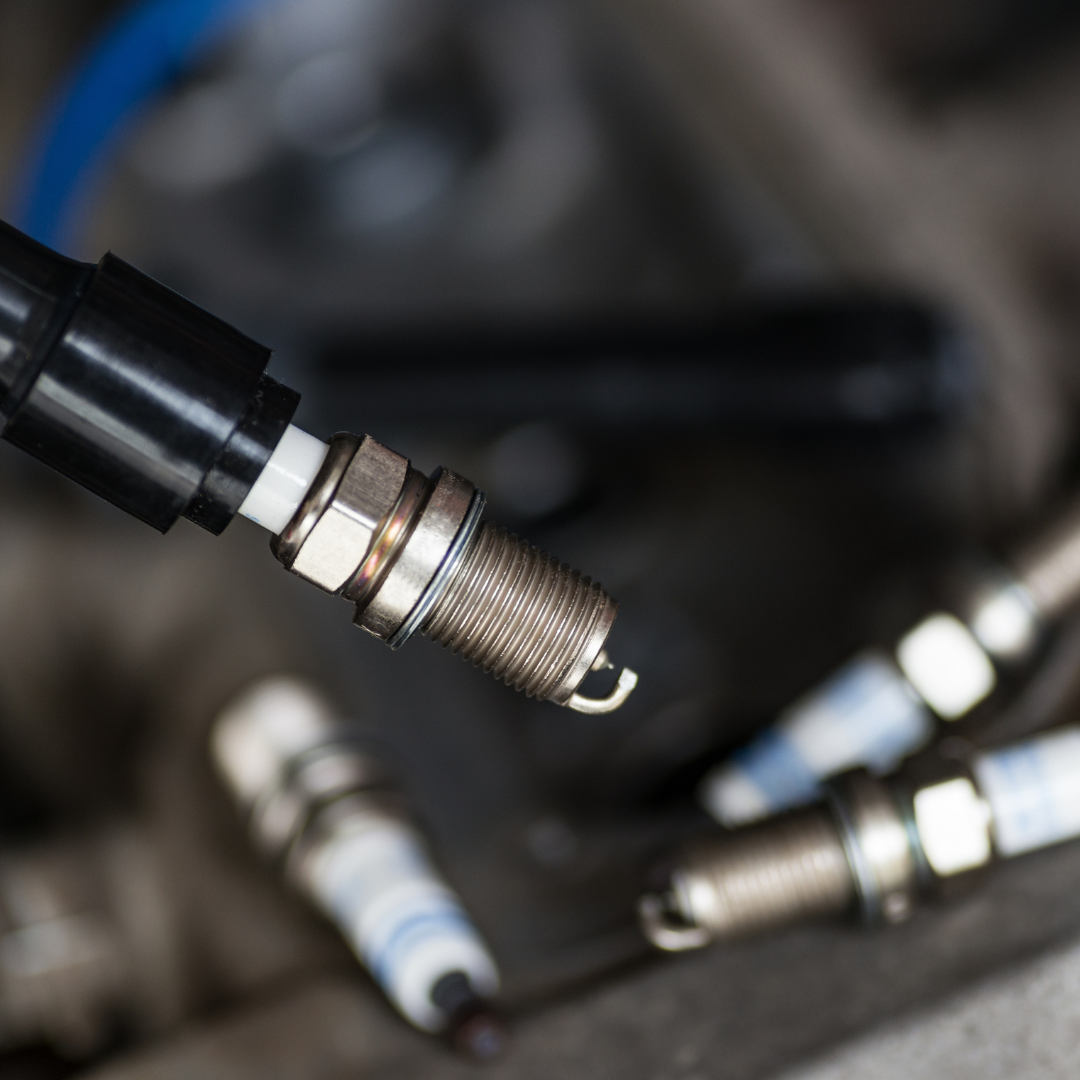
Engine Air Filter
To protect your car from any damage, your air filter will ensure that debris is removed from the air that flows through your engine, stopping it from building up and causing failure.
Over time, this will get clogged up as you may start to notice that your car is feeling the effects, e.g. reduced power and lower fuel economy.
You should look at having it replaced every year if needs be, but take a look at it first before deciding on getting a new one, don’t just assume it needs changing because it has been a year.
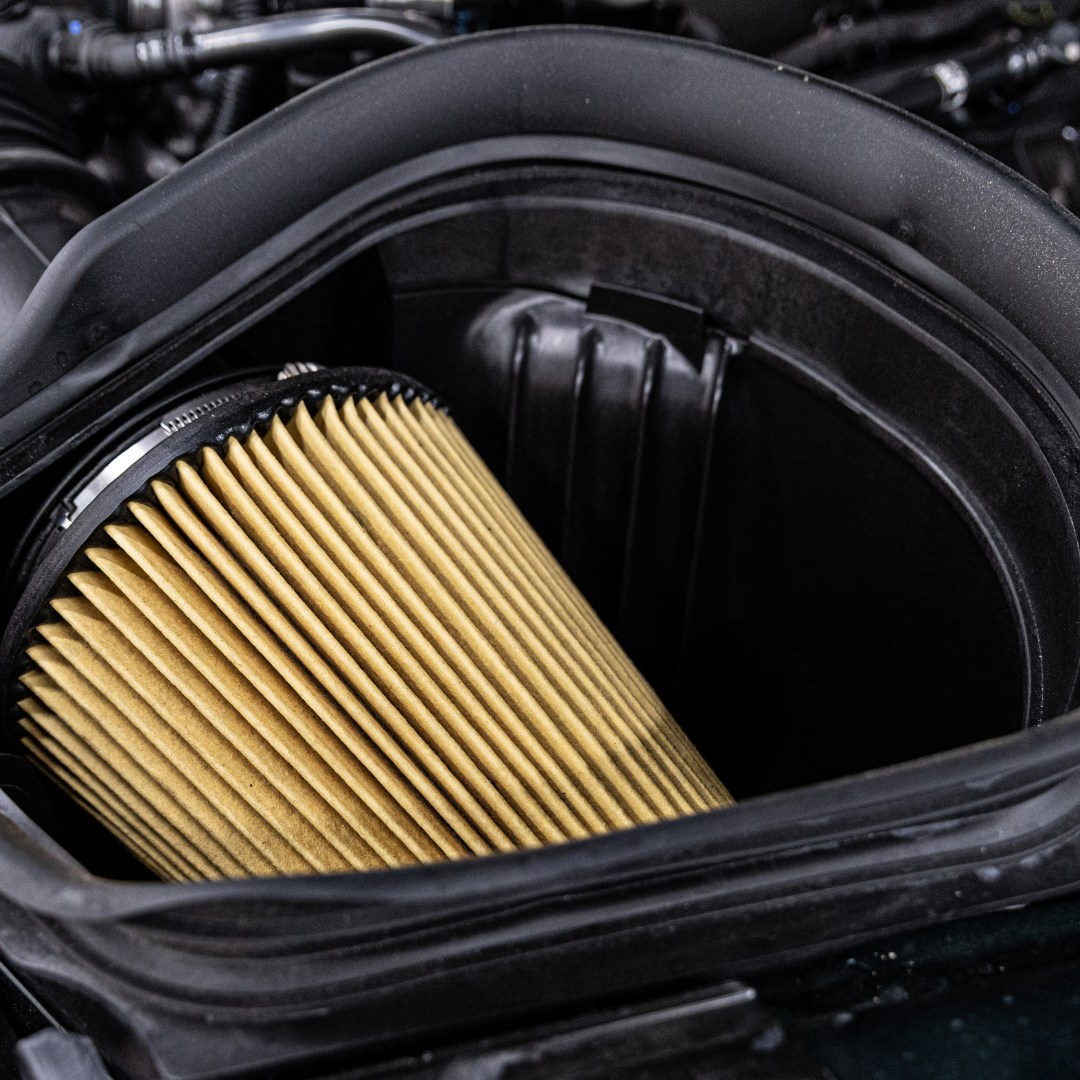
Engine Oil Levels
Every few weeks to months you should be checking the oil level in your car.
Always make sure that the car is cooled down before attempting this, so it may be best to do this first thing in the morning before going on a long journey.
Your owner’s manual will let you know how frequently you should be doing this, and you can have this done at a garage by a mechanic.
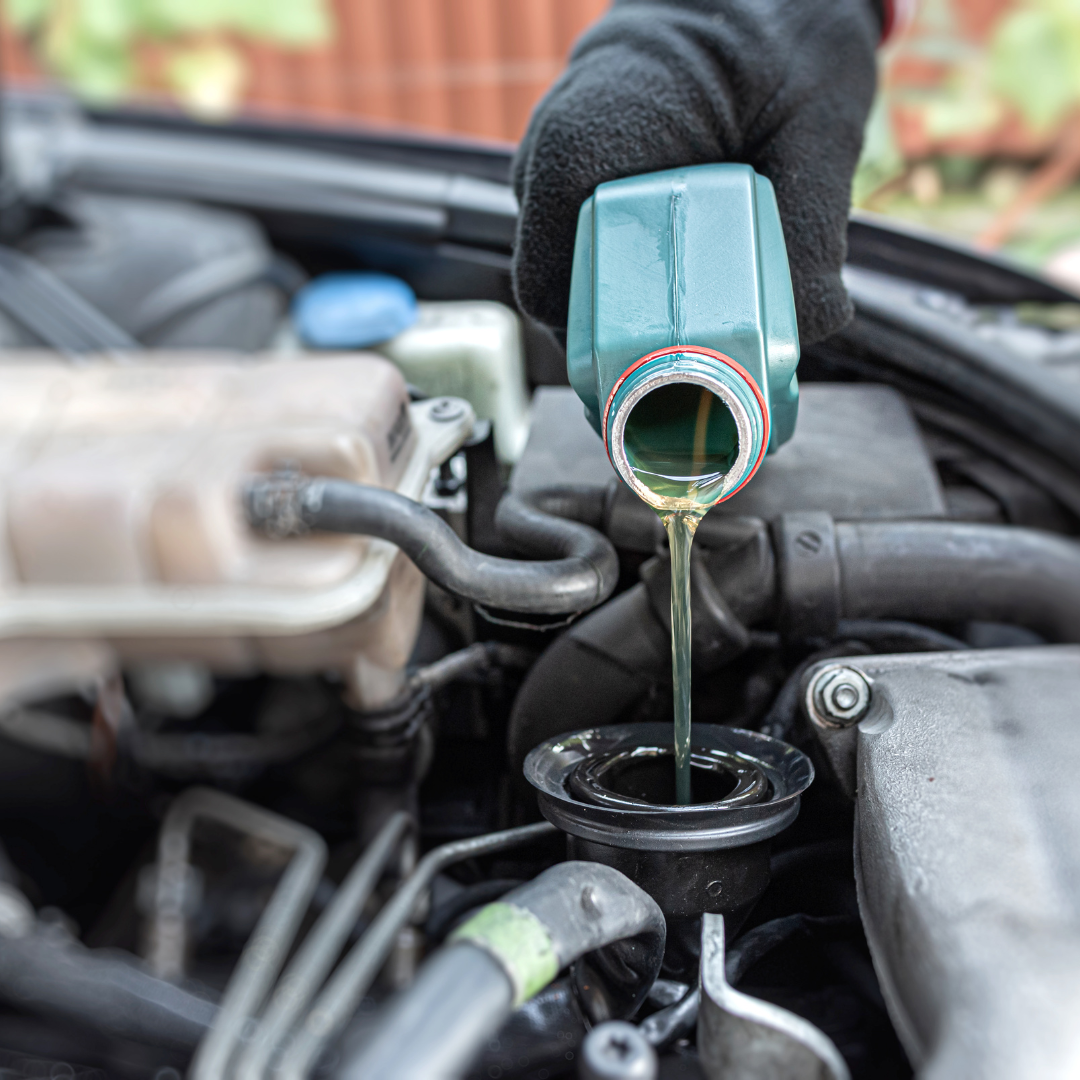
Coolant
Without your coolant system, you will not be able to regulate the temperature of your engine, so it is important that you check the coolant level in your car around twice a year to see if everything is all in order.
You should do this before any long trips, and just like with the engine oil, you need to do it when your car is cooled down.
Even if you haven’t gone on any long trips, it is still important to have it checked when required.
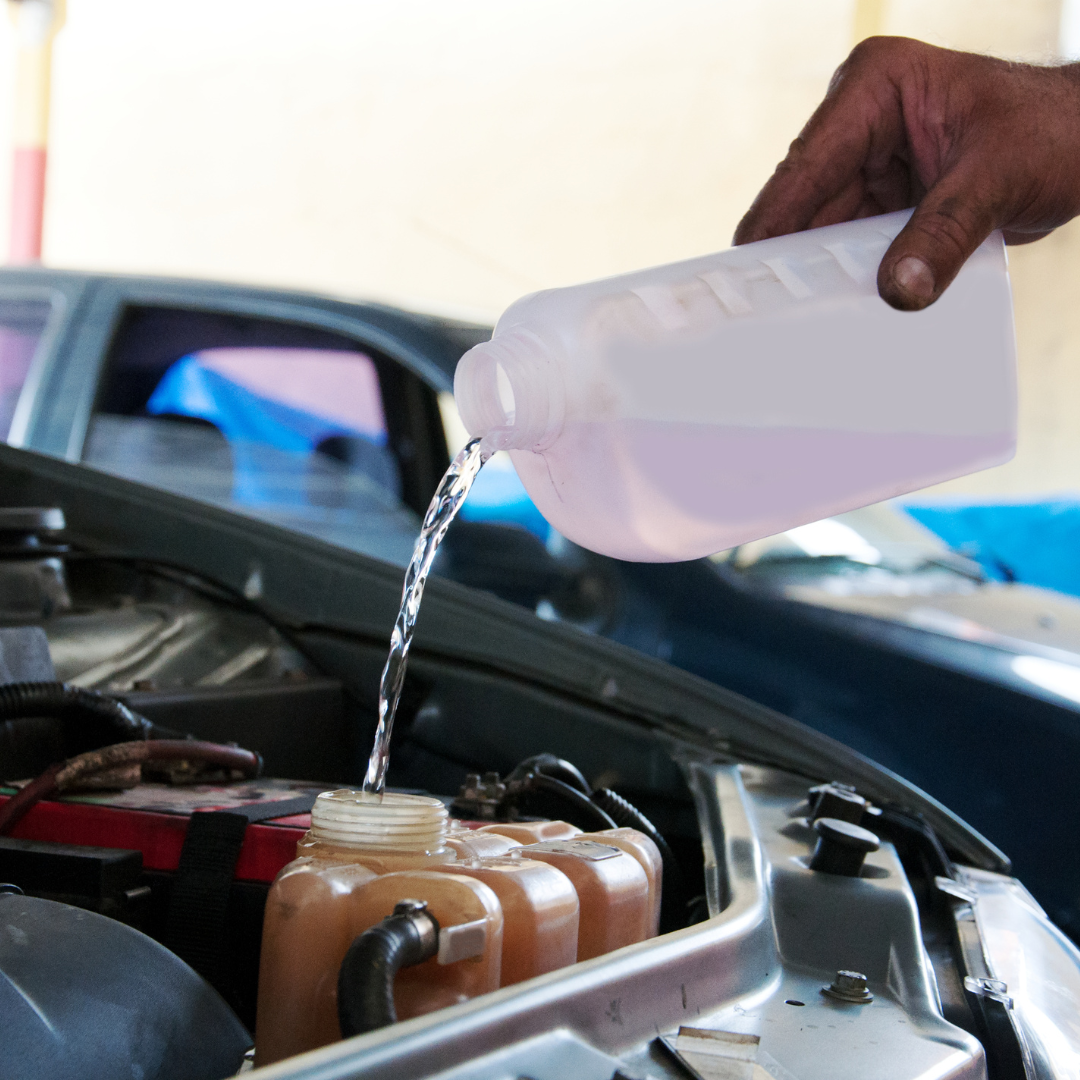
Conclusion
Now that you have read through this car maintenance checklist, hopefully, you are more aware of what you need to look for and how important it is that you ensure your car is running smoothly and safely.
If you are not sure of anything, check with a professional or speak to someone you know who is good with cars.
Read your vehicle handbook and owner’s manual carefully and don’t just guess what you need to do, that could risk your car breaking down and it could put you in danger.
Happy Driving!
